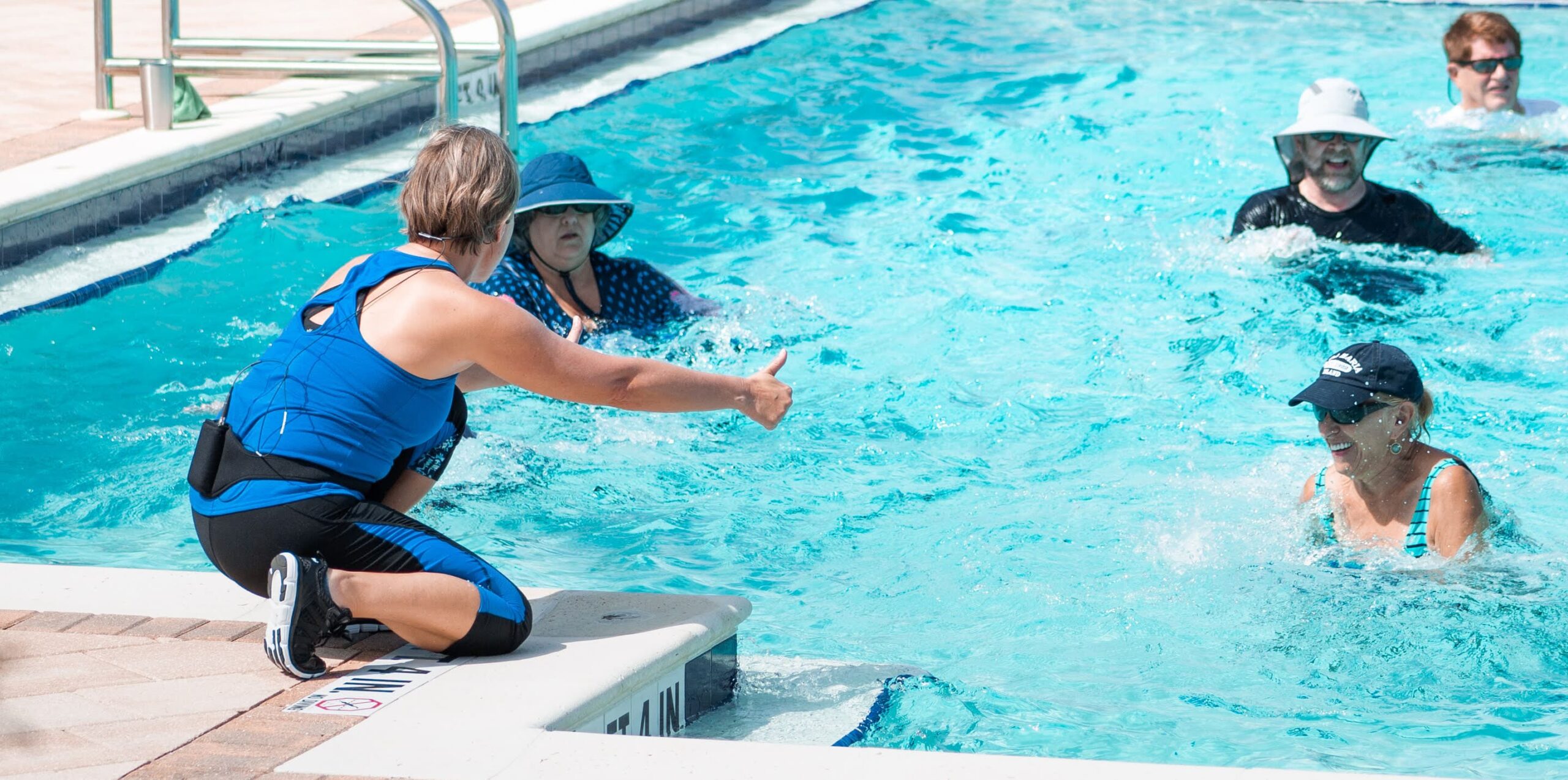Is one side of your body stronger than the other? It’s a normal thing. Habitual ways of moving result in muscle imbalance; carrying groceries, typing on mobile devices, preparing a meal—all things that tend to be done one-side dominant.
This becomes problematic when you bring the one-sidedness into your workouts. More often than not, you wind up strengthening your strengths and neglecting areas of weakness, creating even more imbalance.
The solution?
Move in your feel-good range

Moving in your feel-good range is simply a way to exercise while paying attention to the body’s response to each movement. THIS is the quickest, easiest, and most enjoyable way to discovering muscular balance.
Learning to listen to the body is possible in 3 simple steps:
- 1. Learn the move
- 2. Feel the move
- 3. Own the move
How to use the three steps
Learn
Listen to your coach for verbal cues of WHAT do to. This is your general “how-to” guide for each exercise. For example, in a cross-country ski: swing your arms and legs in opposition.
Feel
Ask yourself: what body sensations do I feel as I move? Oftentimes, I break down exercises and practice feeling each aspect of the move. For example, try a single arm and leg ski and FEEL the distance between your foot and fingers.
Own
After learning what to do and how it should feel—practice. Pay attention. For example, as you ski, consider if you can move through a bigger range. Feel the length; feel every muscle working.
When you know how to respond to the feeling of each exercise, it helps you listen to the body.
Ready to restore muscle balance?
Watch this cross country ski combination and I’ll teach you how to practice learning what to do and how it should feel so that you know how to ski in your perfect form.
For members, try my Low Intensity Intervals combining technique training and intervals to help you feel your way to best results.
Get in the pool and give it a try.
